-
 Bitcoin
Bitcoin $120400
1.77% -
 Ethereum
Ethereum $3615
7.90% -
 XRP
XRP $3.580
17.84% -
 Tether USDt
Tether USDt $1.001
0.06% -
 BNB
BNB $729.4
1.25% -
 Solana
Solana $179.9
5.04% -
 USDC
USDC $0.0000
0.01% -
 Dogecoin
Dogecoin $0.2311
8.22% -
 TRON
TRON $0.3226
4.04% -
 Cardano
Cardano $0.8490
12.85% -
 Hyperliquid
Hyperliquid $46.45
0.72% -
 Stellar
Stellar $0.4913
8.54% -
 Sui
Sui $4.027
2.00% -
 Chainlink
Chainlink $18.51
11.67% -
 Hedera
Hedera $0.2818
21.51% -
 Avalanche
Avalanche $24.03
7.40% -
 Bitcoin Cash
Bitcoin Cash $508.5
2.90% -
 Shiba Inu
Shiba Inu $0.00001496
3.24% -
 UNUS SED LEO
UNUS SED LEO $8.961
1.83% -
 Toncoin
Toncoin $3.264
3.13% -
 Litecoin
Litecoin $104.6
8.15% -
 Polkadot
Polkadot $4.389
6.11% -
 Uniswap
Uniswap $9.924
10.63% -
 Monero
Monero $337.9
0.49% -
 Pepe
Pepe $0.00001376
2.79% -
 Bitget Token
Bitget Token $4.830
2.46% -
 Ethena USDe
Ethena USDe $1.001
0.05% -
 Dai
Dai $1.000
0.02% -
 Aave
Aave $325.2
1.66% -
 Bittensor
Bittensor $423.7
-0.85%
What is "sweeping the floor" in NFTs?
A buyer swept the floor of an NFT collection, snapping up dozens of low-priced assets in seconds, causing the floor price to jump 30% as demand surged.
Jul 09, 2025 at 12:42 pm
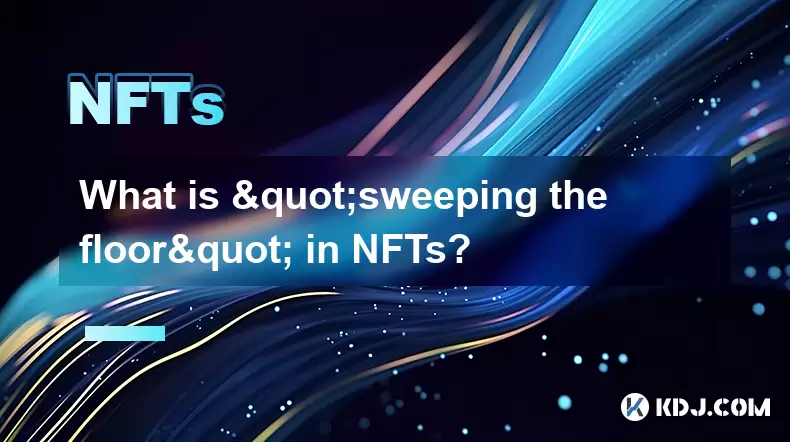
Understanding the Term "Sweeping the Floor" in NFTs
In the world of Non-Fungible Tokens (NFTs), there are many slang terms and jargon that describe various activities on NFT marketplaces. One such term is "sweeping the floor." This phrase refers to the act of a buyer purchasing multiple NFTs from a collection at once, typically at the lowest available prices listed on the marketplace.
This behavior is often seen during moments when a collection has a sudden drop in price or when floor prices become unusually low due to market conditions. The person engaging in this activity is usually looking to accumulate assets quickly before prices rebound or before other buyers have a chance to react.
How Does "Sweeping the Floor" Work?
When someone decides to sweep the floor of an NFT collection, they use either manual methods or automated tools to purchase all the NFTs currently listed for sale at or near the floor price. These purchases can be executed rapidly, especially if the buyer is using bots or scripts designed for this purpose.
The process involves:
- Identifying a specific NFT collection with a clearly defined floor price.
- Checking the marketplace (e.g., OpenSea, LooksRare) for all listings below or equal to that floor price.
- Executing buy transactions for each of those NFTs, sometimes within seconds.
This action effectively removes the cheapest available NFTs from the market, which can cause the floor price of the collection to rise as new buyers must now pay higher prices to acquire an NFT from that collection.
Why Do People Sweep the Floor?
There are several motivations behind why individuals or entities engage in sweeping the floor:
- Arbitrage Opportunities: Buyers may believe that the current floor price is undervalued and expect a quick profit after the price rebounds.
- Whale Accumulation: Large investors (commonly known as whales) may want to accumulate a significant portion of a collection discreetly or aggressively.
- Market Manipulation: In some cases, sweeping the floor can be used to artificially inflate the perceived value of a collection by making the floor price jump suddenly.
It's important to note that while sweeping the floor can benefit the actor financially, it can also create volatility and confusion for smaller investors who rely on stable floor prices to make decisions.
Tools Used for Sweeping the Floor
To efficiently execute floor sweeps, users often employ third-party tools or scripts. Some of the popular platforms and tools include:
- OpenSea Pro: Offers advanced trading features, including bulk buying capabilities.
- Rarity.tools or DappRadar: Help identify undervalued collections where floor sweeping might be profitable.
- Custom Bots: Built by developers or purchased online, these bots can monitor and execute buys automatically when certain conditions are met.
Using these tools requires technical knowledge, particularly around smart contracts, gas fees, and wallet integrations like MetaMask or Trust Wallet. Users should also be cautious about phishing attempts or scams when downloading third-party software.
Impact on NFT Marketplaces and Collectors
When a large-scale floor sweep occurs, it can have immediate effects on both the NFT marketplace and individual collectors:
- Floor Price Increases: As the cheapest listings get bought out, the next lowest priced NFT becomes the new floor, causing a spike in the collection’s minimum price.
- Liquidity Changes: A swept floor can reduce short-term liquidity, making it harder for sellers to offload their NFTs immediately.
- Community Reaction: Depending on how transparent or aggressive the sweep was, community members may react positively or negatively toward the actor.
For regular NFT holders, understanding these dynamics can help in timing sales or purchases more effectively.
How to Protect Against Being Swept?
If you're an NFT holder concerned about your asset being swept up unknowingly, here are some protective measures:
- Avoid Listing Too Low: Set your listing price slightly above the floor to avoid being picked up in a bulk sweep.
- Use Hidden Listings: Some marketplaces allow hidden listings where the price isn’t publicly visible until clicked, reducing bot detection chances.
- Monitor Gas Prices: If you plan to list or delist frequently, track gas prices to ensure timely adjustments to your listing.
These strategies won't completely eliminate the risk but can help mitigate the chances of your NFT being scooped up unintentionally.
Frequently Asked Questions
Q: Is sweeping the floor considered manipulation?
A: While not illegal, sweeping the floor can be seen as a form of market influence. Whether it's manipulative depends on the intent and scale of the action.
Q: Can I sweep the floor without using bots?
A: Yes, but manually purchasing each NFT is time-consuming and inefficient compared to using automation tools or built-in bulk-buy features on platforms like OpenSea Pro.
Q: Are there any risks involved in sweeping the floor?
A: Risks include overpaying if the market doesn’t rebound, encountering fake or rug-pulled projects, and potential backlash from communities if done aggressively.
Q: How do I know if a collection has been swept recently?
A: Check the recent activity tab on NFT marketplaces. A sudden increase in bulk purchases and a sharp rise in floor price are indicators of a floor sweep.
Disclaimer:info@kdj.com
The information provided is not trading advice. kdj.com does not assume any responsibility for any investments made based on the information provided in this article. Cryptocurrencies are highly volatile and it is highly recommended that you invest with caution after thorough research!
If you believe that the content used on this website infringes your copyright, please contact us immediately (info@kdj.com) and we will delete it promptly.
- Giants Protocol's G Token Live Launch: What You Need to Know
- 2025-07-18 21:30:13
- Solana, Rollblock, and the Gaming Token Revolution: What's Hot Now?
- 2025-07-18 22:10:13
- Crypto 2025: Will the Bull Run Be Led by Ethereum?
- 2025-07-18 22:10:13
- XRP, Dogecoin, and Crypto Bills: What's Shaking in the Crypto World?
- 2025-07-18 20:50:13
- Trump, Family Business, and Power: A New Era of Conflicts?
- 2025-07-18 20:30:12
- Trump, Business, & Bitcoin: A Crypto Capitalist's Vision
- 2025-07-18 20:40:12
Related knowledge
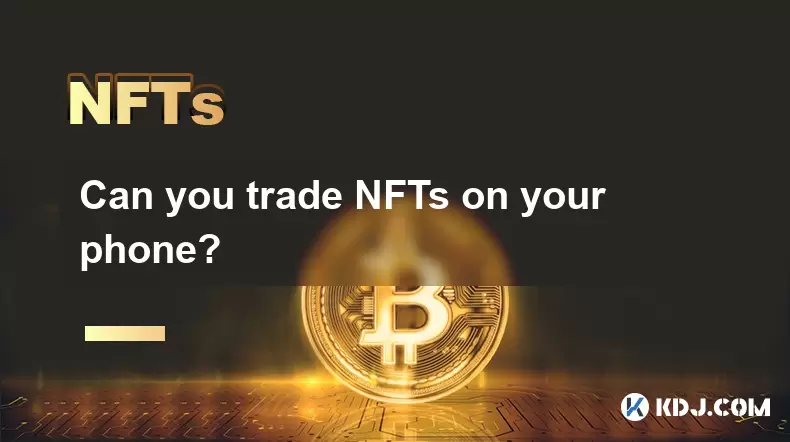
Can you trade NFTs on your phone?
Jul 18,2025 at 04:29am
Trading NFTs on Mobile DevicesYes, you can trade NFTs on your phone, and the process has become increasingly streamlined thanks to a variety of mobile...
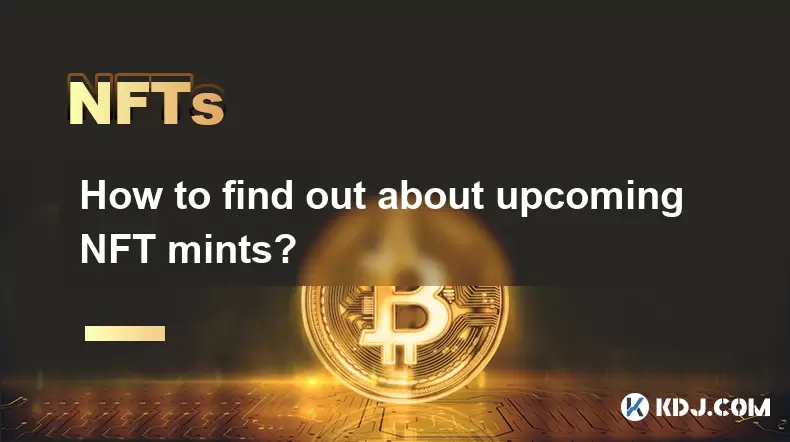
How to find out about upcoming NFT mints?
Jul 18,2025 at 11:50am
Exploring NFT Minting OpportunitiesUnderstanding the landscape of upcoming NFT mints is crucial for collectors, investors, and creators who wish to st...
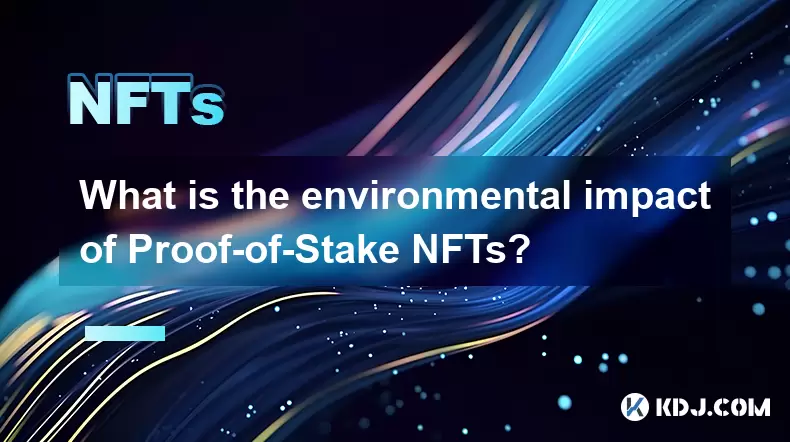
What is the environmental impact of Proof-of-Stake NFTs?
Jul 17,2025 at 07:14pm
Understanding the Basics of Proof-of-Stake NFTsProof-of-Stake (PoS) is a consensus mechanism used by blockchain networks to validate transactions and ...
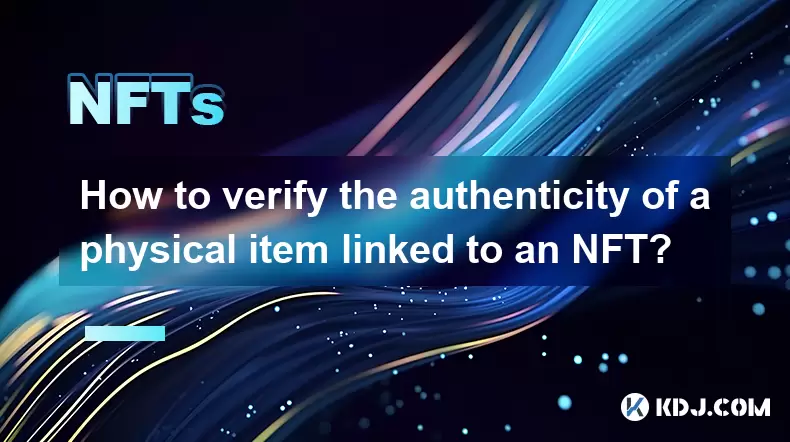
How to verify the authenticity of a physical item linked to an NFT?
Jul 18,2025 at 03:07pm
Understanding the Link Between NFTs and Physical ItemsWhen an NFT is linked to a physical item, it essentially acts as a digital certificate of owners...
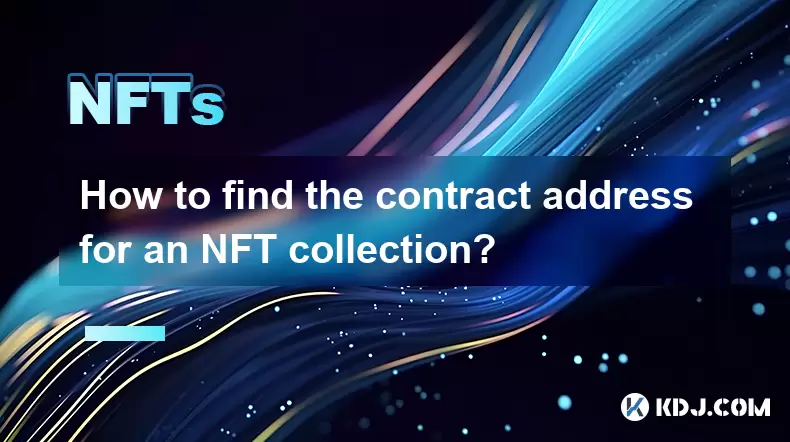
How to find the contract address for an NFT collection?
Jul 18,2025 at 11:56am
Understanding What a Contract Address IsIn the world of non-fungible tokens (NFTs), a contract address is a unique identifier assigned to a smart cont...
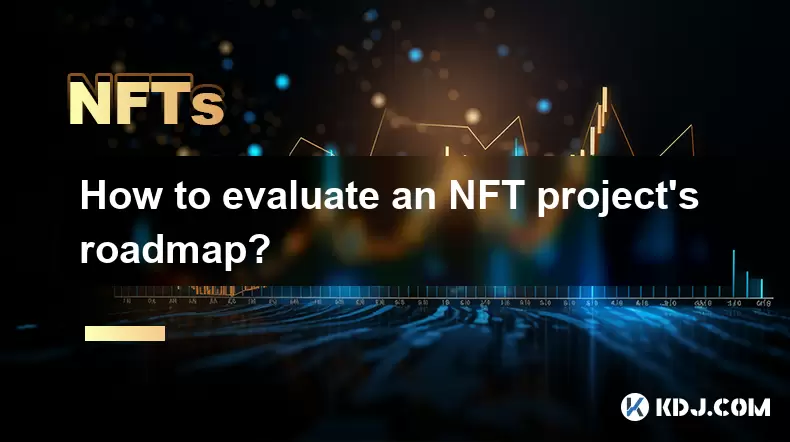
How to evaluate an NFT project's roadmap?
Jul 18,2025 at 01:21am
Understanding the Basics of an NFT Project RoadmapAn NFT project's roadmap is a strategic document that outlines the short-term and long-term goals of...

Can you trade NFTs on your phone?
Jul 18,2025 at 04:29am
Trading NFTs on Mobile DevicesYes, you can trade NFTs on your phone, and the process has become increasingly streamlined thanks to a variety of mobile...

How to find out about upcoming NFT mints?
Jul 18,2025 at 11:50am
Exploring NFT Minting OpportunitiesUnderstanding the landscape of upcoming NFT mints is crucial for collectors, investors, and creators who wish to st...

What is the environmental impact of Proof-of-Stake NFTs?
Jul 17,2025 at 07:14pm
Understanding the Basics of Proof-of-Stake NFTsProof-of-Stake (PoS) is a consensus mechanism used by blockchain networks to validate transactions and ...

How to verify the authenticity of a physical item linked to an NFT?
Jul 18,2025 at 03:07pm
Understanding the Link Between NFTs and Physical ItemsWhen an NFT is linked to a physical item, it essentially acts as a digital certificate of owners...

How to find the contract address for an NFT collection?
Jul 18,2025 at 11:56am
Understanding What a Contract Address IsIn the world of non-fungible tokens (NFTs), a contract address is a unique identifier assigned to a smart cont...

How to evaluate an NFT project's roadmap?
Jul 18,2025 at 01:21am
Understanding the Basics of an NFT Project RoadmapAn NFT project's roadmap is a strategic document that outlines the short-term and long-term goals of...
See all articles

























































































